PsychNewsDaily Publishers
100 Summit Drive
Burlington, MA, 01803
Telephone: (320) 349-2484
PsychNewsDaily Publishers
100 Summit Drive
Burlington, MA, 01803
Telephone: (320) 349-2484
Choosing wine effectively involves understanding aging potential, regional influences, storage conditions, personal taste, food pairing, and label details to enhance the overall experience.
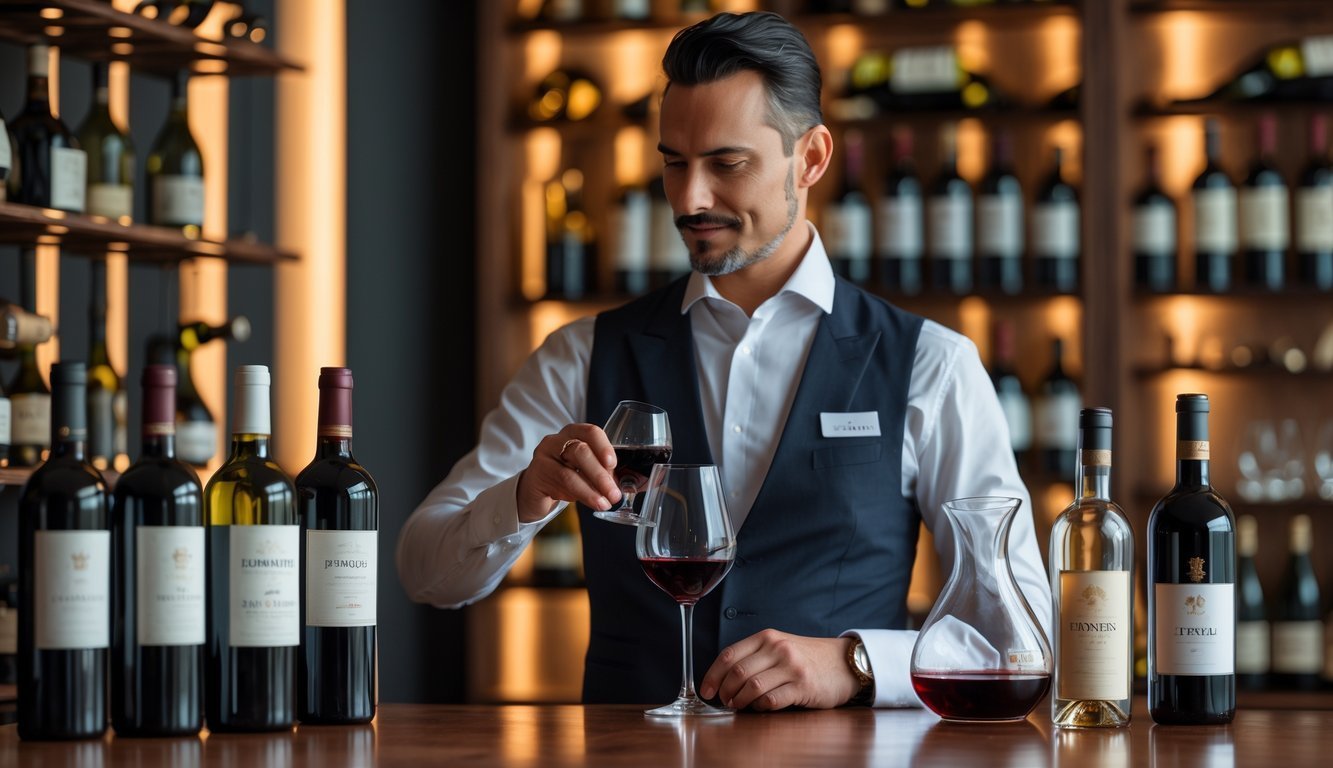
Picking out the right wine can get confusing fast, especially with all the advice sommeliers throw around. Sometimes you wonder—are there tricks behind those tips? Just knowing a few basic truths can make wine shopping way less stressful, even if you’re not a wine geek.
Let’s get into some things sommeliers usually keep to themselves. These tips should make picking wine more fun, and maybe you’ll feel a bit more sure of yourself next time you’re staring at the shelves.
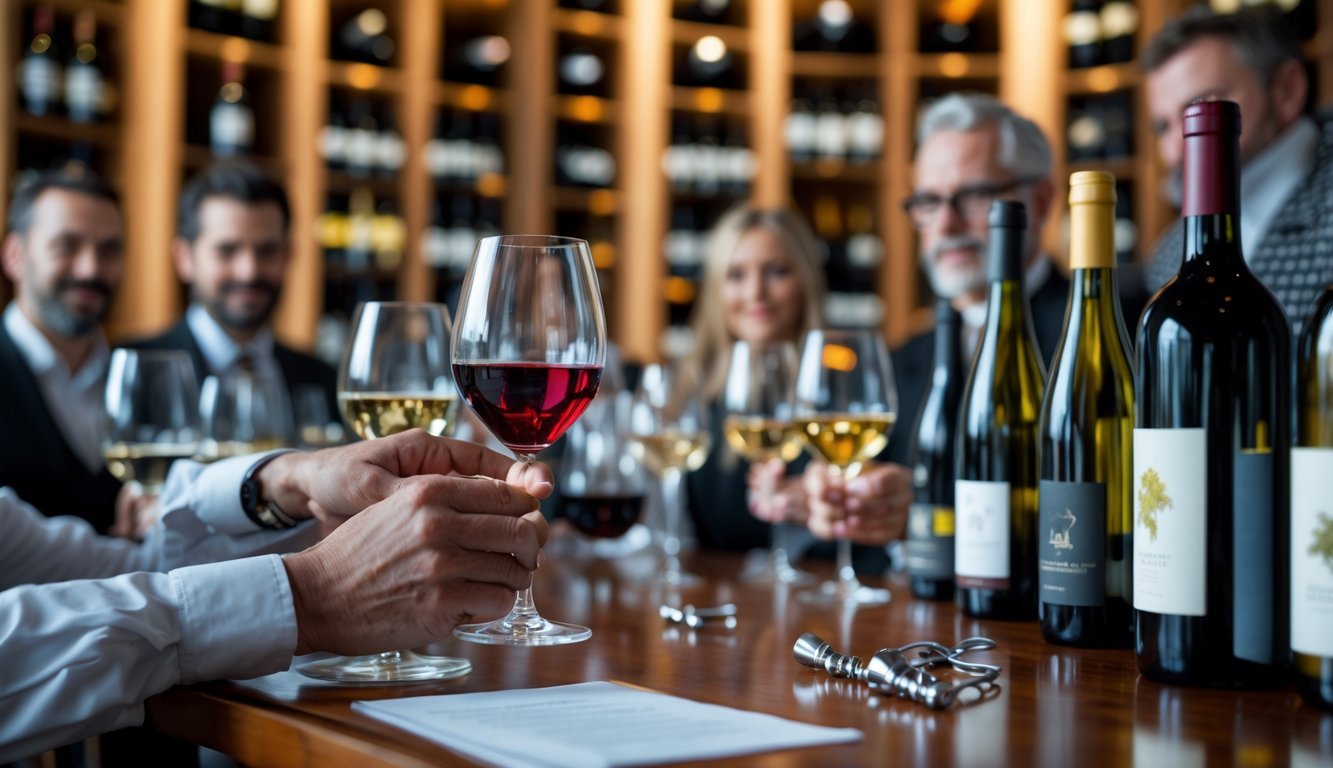
It’s easy to think every wine improves if you let it sit, but honestly, that’s just not the case. Most bottles are actually made for drinking soon after you buy them.
Young wines, like rosé or lighter whites, taste brightest and freshest right away. If you wait too long, those flavors just fade.
Some reds and a handful of whites do get better with age. But figuring out which ones takes some experience. For now, trust your own taste and don’t feel like you have to save every bottle for a special day.
Sometimes, opening it early is the best move.
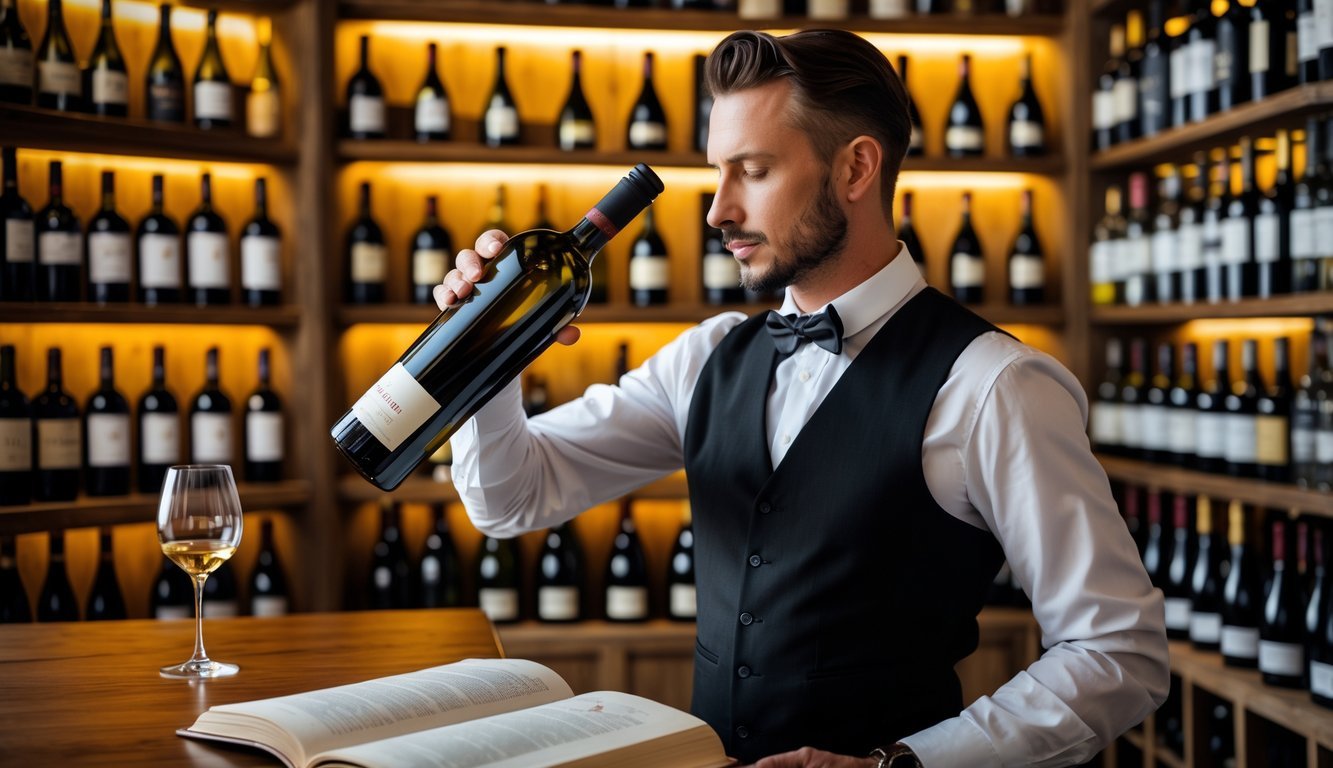
When sommeliers pick wine, they usually pay close attention to the region. Every region has its own rules about grapes and winemaking, which keeps styles pretty consistent.
But here’s the thing—plenty of winemakers like to shake things up. Sommeliers actually get excited about these offbeat bottles.
So, even if you hear a lot about tradition, sommeliers often hunt for wines that break those rules. It’s a chance to try something really unexpected.
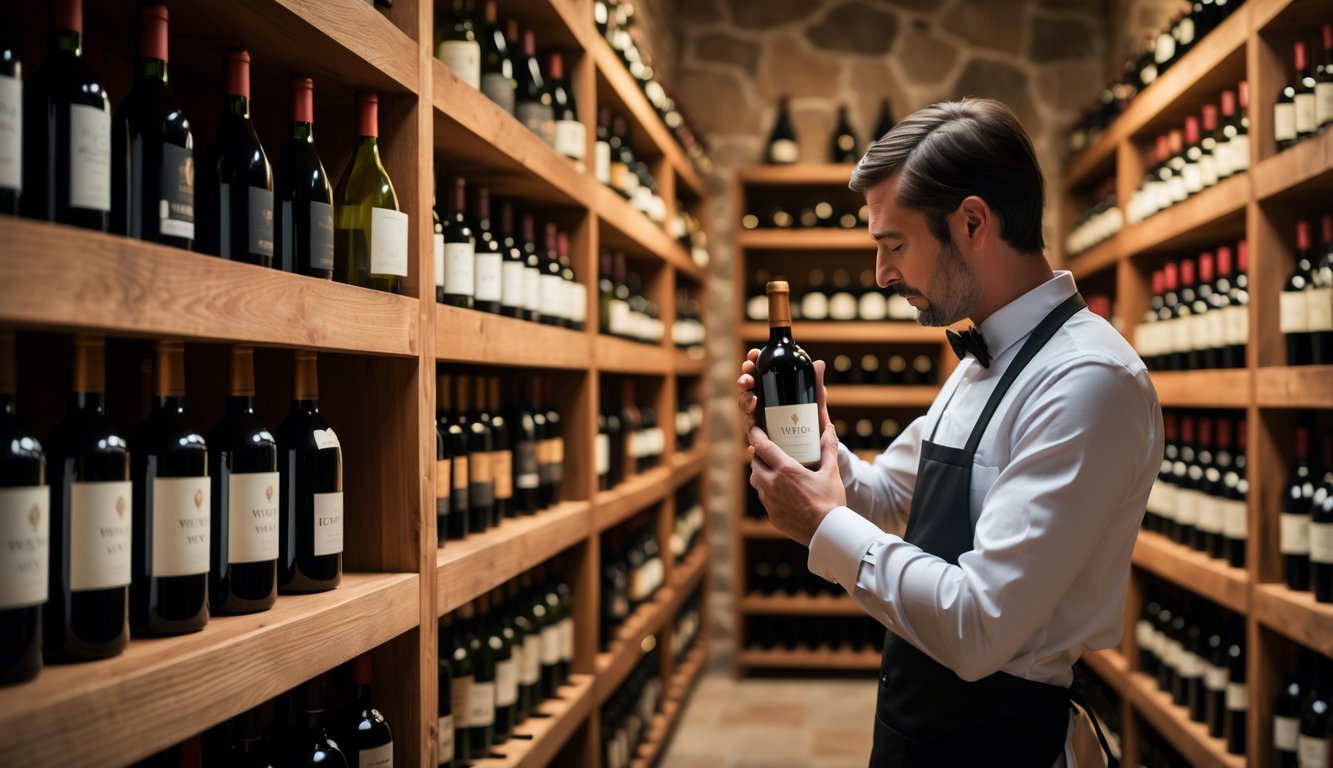
If you stash your wine in a cool, steady spot, it’ll age better. Cellars work best since they keep things around 55°F (13°C), which slows aging and keeps flavors in check.
Heat makes wine age too fast and kills the fruit flavors. If it gets too cold, it just doesn’t develop right.
Humidity matters too. About 70% humidity keeps corks from drying out, so air doesn’t sneak in and ruin the wine.
So, decent storage really does make a difference if you want your wine to taste its best.
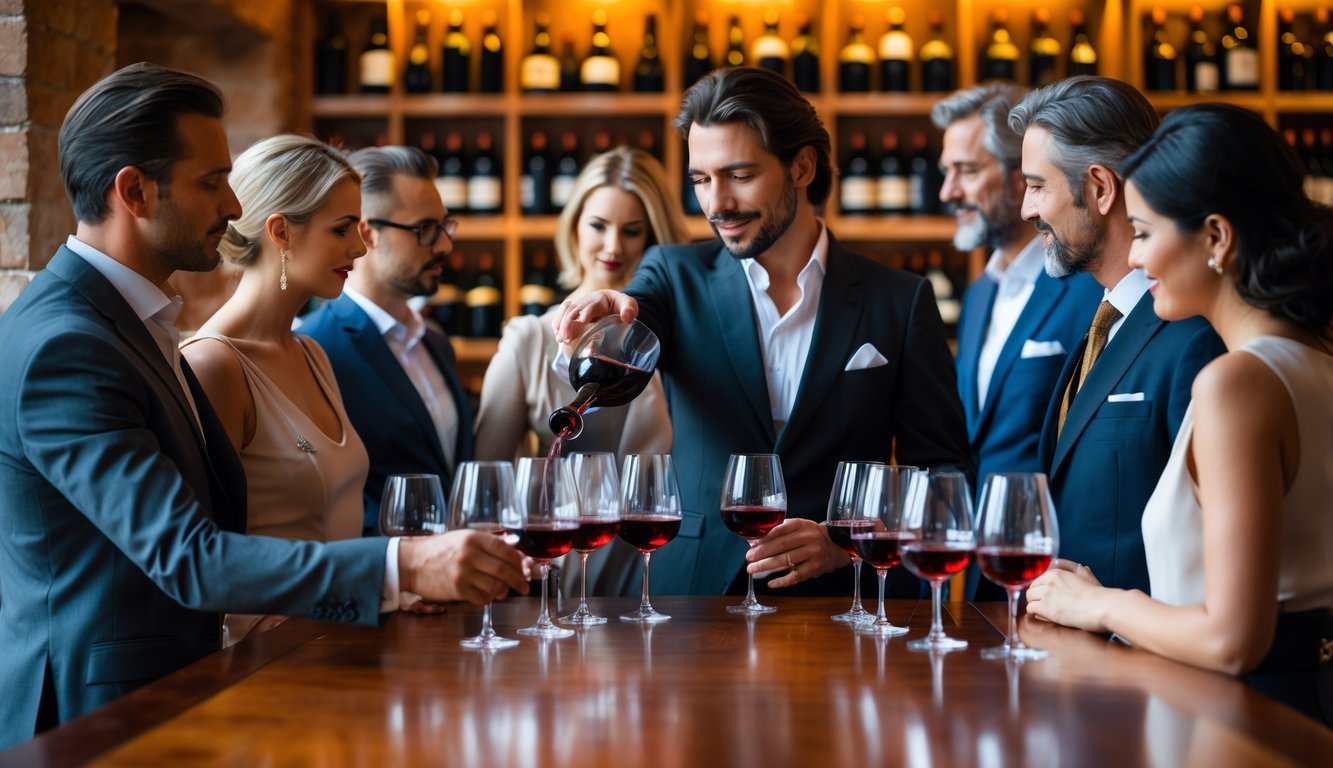
You might see a fancy rating or a high price and assume that wine’s amazing. But honestly, what you like is what counts.
Experts sometimes love super complex wines that need years to mellow out. Maybe you want something softer and ready to drink now.
Price doesn’t always mean better flavor. Sometimes a cheaper bottle surprises you—in a good way. Try new things and trust your own preferences.
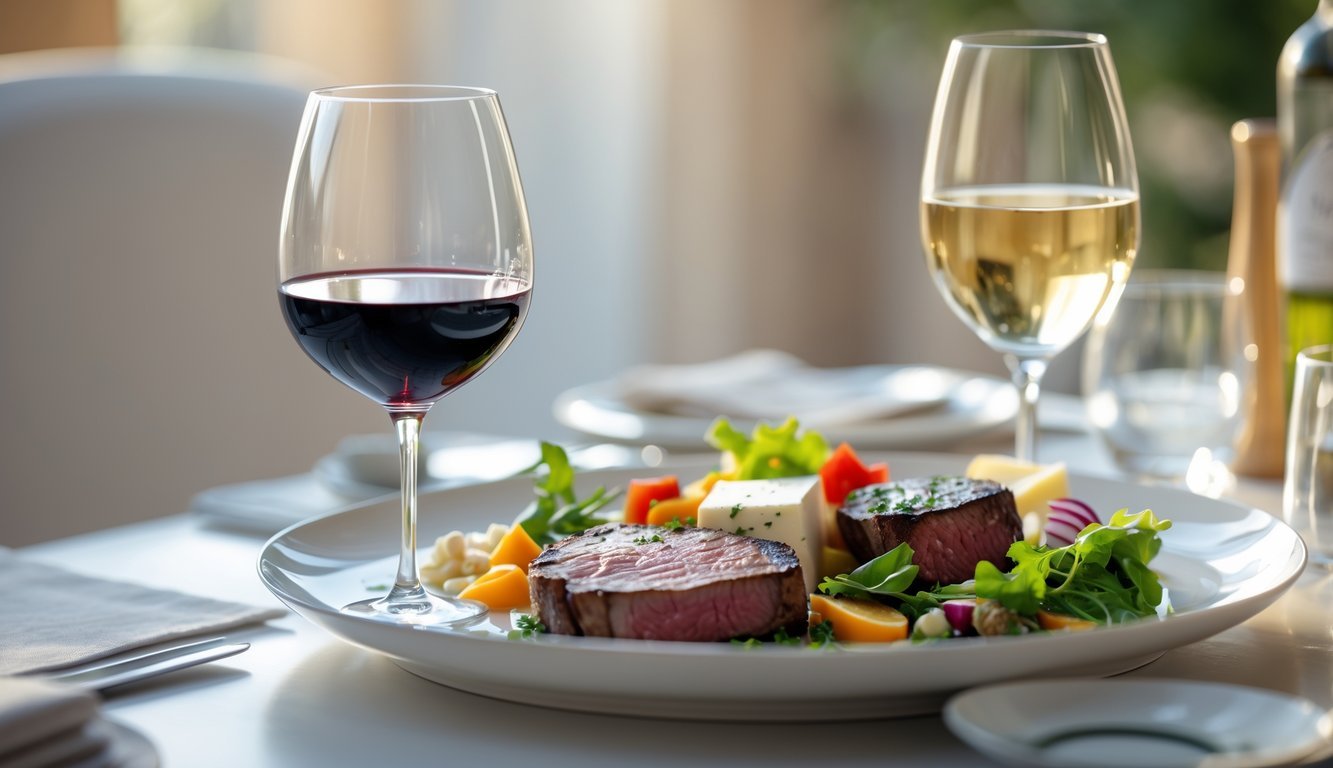
When pairing wine and food, focus on finding balance. You want the flavors to work together—not fight each other.
Sometimes matching similar flavors works, like a fruity wine with a fruity dish. Other times, opposites attract—a crisp wine can cut through a rich, heavy meal.
Your own taste should guide you. Don’t be afraid to experiment and see what you actually like.
Wine and food pairing is about enjoying yourself, not following a checklist.
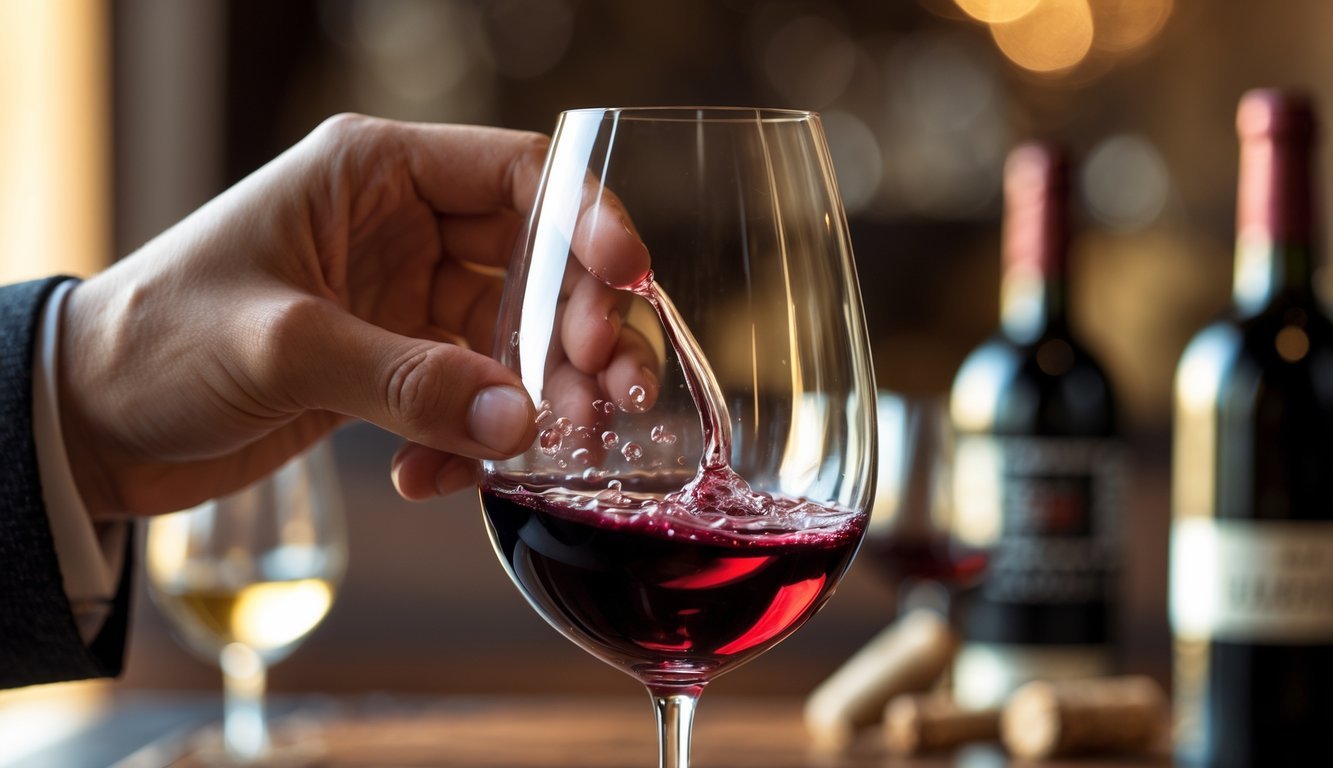
Swirling your wine lets more of its aroma escape, which makes it easier to smell all those layers. It’s a simple trick, but it works.
Don’t get carried away, though. Older wines can be fragile, and too much swirling lets in too much air, which can mess with the taste.
Usually, a couple gentle swirls is all you need.
Swirling can also soften tannins, making the wine a bit smoother. Just remember, a little goes a long way.
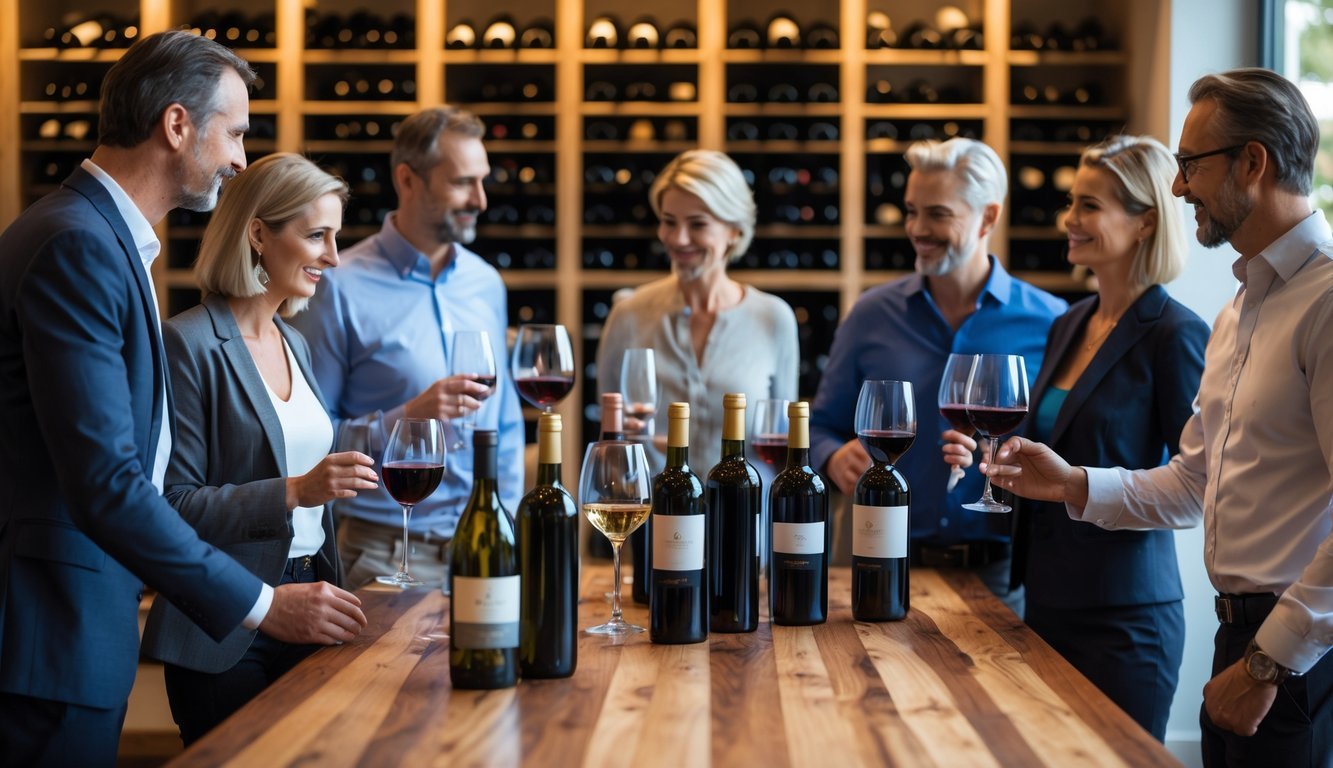
You really don’t have to go to wine school to enjoy wine. Most sommeliers would probably agree—if you know the basics and trust your own taste, you’re set.
Try learning a few wine terms and tasting different styles. That’s the best way to figure out what you actually like.
There are tons of free podcasts, videos, and articles out there if you want to learn more. With a little practice, you’ll start to feel way more confident picking out bottles.
At the end of the day, wine’s about pleasure—not rules.
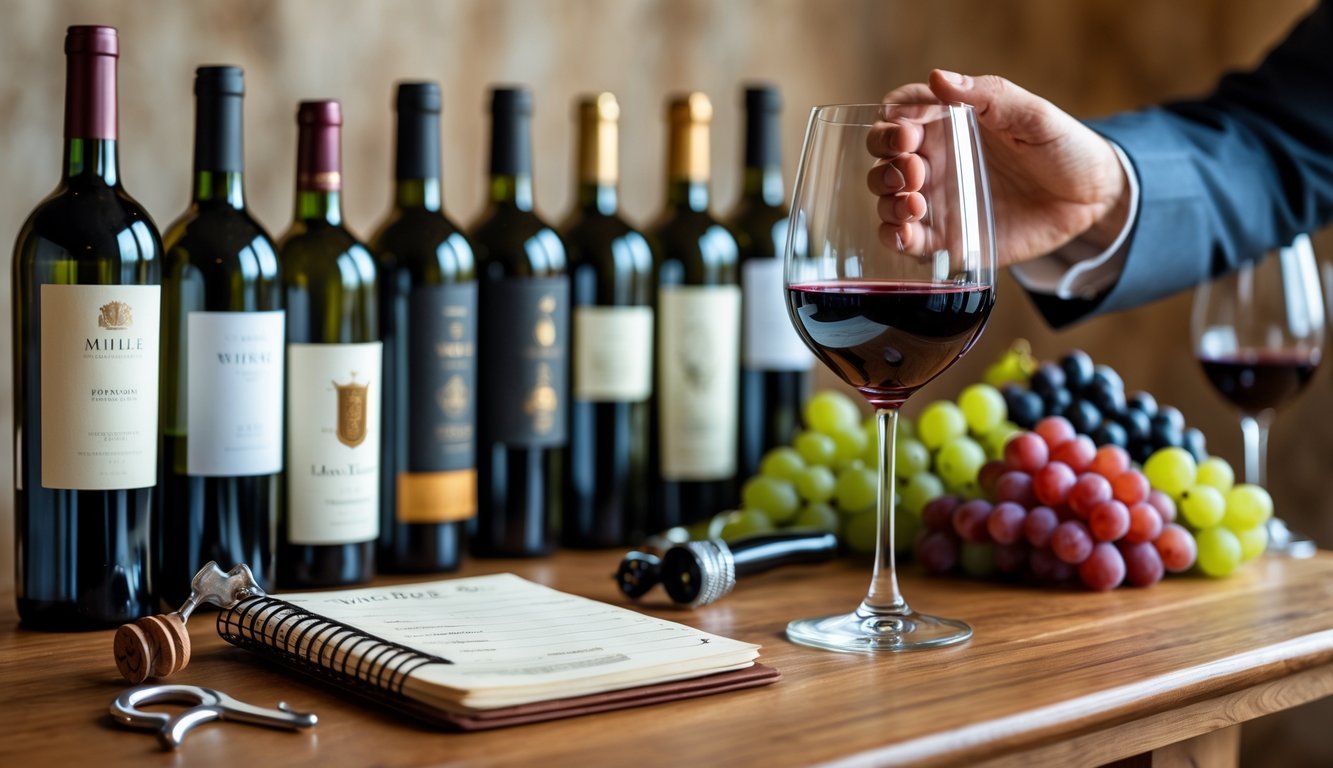
Choosing wine gets easier when you know what affects taste and quality. Look at where the grapes come from, the year on the label, and a few details on the bottle.
Terroir is just a fancy word for where the grapes grow—the soil, the weather, the landscape. All of that shapes how a wine tastes and smells.
Grapes from warmer, sunnier places usually make wines that are riper and fruitier. Cooler areas give you wines with more acidity and freshness.
Soil matters too. Clay can make wine taste richer, while sandy soil makes it lighter.
Knowing a bit about terroir helps you guess what a wine might be like, even before you open it. Same grape, different place—totally different taste.
Vintage means the year the grapes were picked. The weather that year can make a huge difference.
Warm, sunny years usually give you better, tastier grapes. If it was rainy or cold, the wine might not taste as rich.
Some places are more sensitive to vintage than others. In regions with big swings in weather, the vintage really matters. In milder places, it’s less of a big deal.
Checking the vintage helps, especially if you’re thinking about aging or collecting wine.
Wine labels can be confusing, but they’re actually helpful once you know what to look for.
Here are the basics:
You might also see words like “Reserve” or “Estate Bottled.” These mean specific things about how the wine was made.
If you know what these terms mean, you’ll have an easier time picking a bottle that matches your taste.
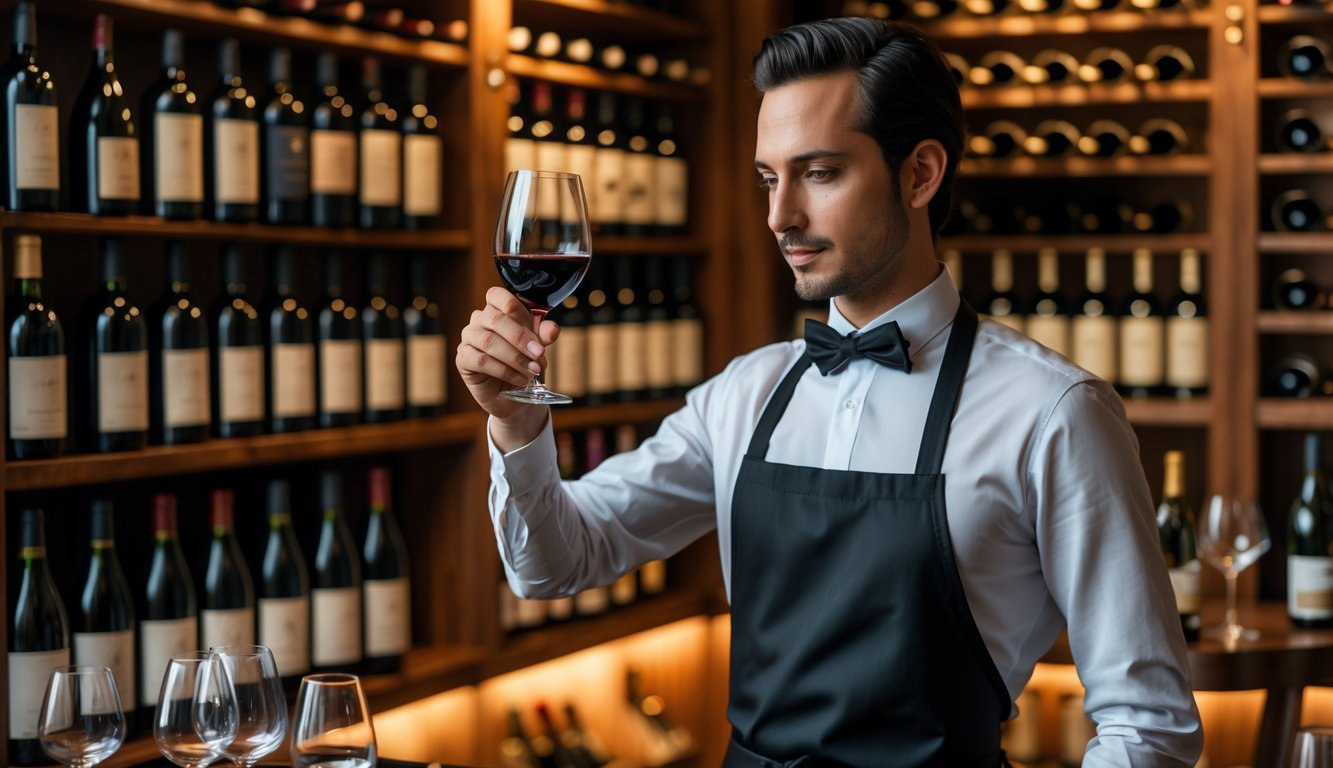
Sommeliers shape what you end up drinking more than you might realize. They use little tricks to steer you toward certain bottles, and their own favorites and behind-the-scenes stuff affect what’s on the wine list.
When you ask for help, sommeliers usually suggest wines that go with your food or your mood. They know how to guide you toward pricier or trendy bottles by talking up their flavors or how rare they are.
Sometimes they’ll describe a wine in a way that just sounds perfect for the moment. That can make you feel good about your choice.
You might notice they mention wines from regions or producers they trust. These moves help them boost sales and make sure you have a good time, but just know—they might nudge you away from what you originally wanted.
Wines on a list don’t just show up by accident. Sommeliers and restaurants usually pick them based on their own preferences, deals with suppliers, or whatever’s trending in the wine scene.
Sometimes your choices get quietly narrowed because the sommelier likes certain styles or brands that fit the restaurant’s vibe. Local wines might get the spotlight, too. And yeah, big-name producers often pop up more just because they pay for extra attention.
If you know this, you can ask more questions or even look past the list to find something that actually fits your taste.